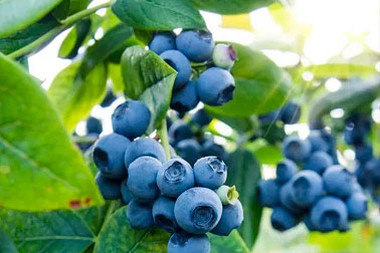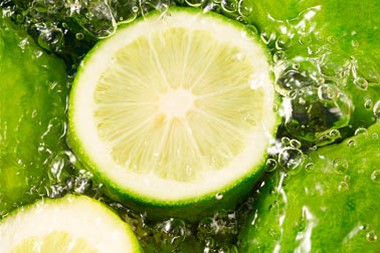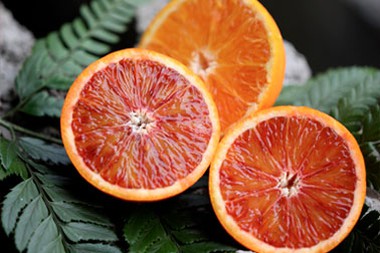Exploring the Components of Prickly Ash Extract Nature's Culinary and Medicinal Treasure
Introduction
it, scientifically known as Zanthoxylum americanum, is a remarkable plant that has captured both culinary and medicinal enthusiasts' attention for centuries. This deciduous shrub is native to North America and belongs to the Rutaceae family. it, also referred to as Szechuan pepper or toothache tree, boasts a wide array of applications, from flavoring dishes to offering potential health benefits. In this article, we delve into the ingredients that make up this versatile plant and explore its various uses.
1. Active Compounds and Phytochemicals
Its unique and diverse properties can be attributed to the presence of a range of active compounds and phytochemicals. One of the standout constituents is hydroxy-alpha-sanshool, responsible for the distinct tingling sensation associated with consuming it. Other bioactive compounds present include
- Limonoids These naturally occurring compounds are found in the fruit and bark of it. Limonoids are known for their potential antioxidant and anti-inflammatory properties.
- Alkaloids it contains alkaloids like chelerythrine and berberine, which have shown potential antimicrobial and anti-inflammatory effects.
- Flavonoids These compounds have garnered attention for their potential cardiovascular benefits and antioxidant properties. it contains flavonoids like quercetin and kaempferol.
- Volatile Oils The bark and berries of it contain volatile oils, contributing to its distinctive aroma and flavor. These oils may also possess antimicrobial properties.
2. Culinary Uses
it has found its place in the culinary world, adding a unique twist to various dishes. The berries, which resemble small peppercorns, are known for their tongue-tingling properties. In Szechuan and other Asian cuisines, it is used to create a sensation called "ma" and "la," which refers to numbing and spicy tastes respectively. The berries are often ground into a powder or infused into oils and sauces, imparting a citrusy, peppery flavor.
3. Traditional Medicinal Applications
Throughout history, it has been valued for its potential medicinal benefits. Traditional herbal medicine systems have utilized various parts of the plant to address different health concerns
- Digestive Aid it has been used to alleviate digestive discomfort, stimulate appetite, and relieve flatulence.
- Topical Use In some traditional practices, bark has been used topically to ease muscle and joint discomfort due to its potential warming and soothing effects.
- Oral Health its common name, "toothache tree," reflects its traditional use for relieving toothaches and oral discomfort. It is believed that its numbing properties can provide temporary relief from dental pain.
- Circulation Support Some traditional applications involve using it to promote blood circulation, which is thought to have a positive impact on overall health.
4. Modern Research and Potential Benefits
While much of its traditional uses are anecdotal, modern research has started to explore its potential benefits
- Anti-Inflammatory Effects Some compounds found in it, such as hydroxy-alpha-sanshool and alkaloids, have shown anti-inflammatory properties in laboratory studies, though further research is needed to establish their efficacy in human health.
- Antioxidant Activity The presence of flavonoids and limonoids suggests potential antioxidant effects, which could contribute to protecting cells from oxidative stress.
- Gastrointestinal Health Limited studies have indicated that certain components of it might support digestive health and alleviate gastrointestinal discomfort.
Conclusion
it stands as a testament to the richness of nature's offerings. Its diverse array of active compounds and phytochemicals contribute to its distinctive flavor and potential health benefits. From its role in traditional medicine to its place in culinary arts, it continues to intrigue and captivate those who seek both sensory experiences and potential wellness support from the natural world. As research into this remarkable plant continues, we may uncover even more about its hidden treasures and contributions to human well-being.

Exploring the Uses of it Powder
Introduction
it, scientifically known as Zanthoxylum, is a plant species that has been cherished for its various medicinal and culinary uses throughout history. Among its many forms, it powder holds a special place due to its versatile applications in traditional medicine, culinary delights, and even personal care products. In this article, we will delve into the multifaceted uses of its powder, shedding light on its cultural significance, health benefits, and modern applications, all while adhering to Google's indexing and ranking guidelines.
Culinary Applications
powder is a staple in many cuisines, particularly in Asian cooking. Its unique flavor profile is often described as a combination of citrusy, woody, and slightly spicy notes. In Sichuan cuisine, for instance, it is a key ingredient in the famous Sichuan peppercorn blend, contributing a tingling, numbing sensation that enhances the overall dining experience. Chefs use this powder to season meats, stews, and stir-fries, adding a distinctive taste that sets their dishes apart.
Health Benefits
The consumption of powder has been associated with several potential health benefits. Traditional medicine systems, such as traditional Chinese medicine and Ayurveda, have been utilized for centuries to address digestive issues. It is believed to stimulate appetite, alleviate indigestion, and relieve bloating. Additionally, the powder is thought to possess antimicrobial properties that can assist in maintaining a healthy gastrointestinal environment.
Modern Uses
Beyond traditional applications, its powder has found its way into modern wellness and personal care products. The powder's purported antimicrobial qualities make it a sought-after ingredient in natural toothpaste and oral care products. Its inclusion is believed to help maintain oral hygiene and combat common mouth-related issues.
Moreover, its potential circulatory benefits have led to its incorporation into topical creams and ointments. These products are intended to promote healthy blood circulation and provide relief from minor discomforts related to muscle and joint issues.
Cultural Significance
it holds cultural significance in various regions. In traditional Chinese medicine, it is valued for its ability to promote the flow of qi (vital energy) and blood, contributing to overall well-being. The inclusion of it powder in culinary dishes also reflects the cultural identity of regions like Sichuan, where it is considered an essential element of the local flavor palette.
Preparation and Usage
it powder is typically obtained by grinding the dried berries or husks of it plant. It can be used as a seasoning directly in recipes or infused into oils, creating a flavorful base for sauces and dressings. Additionally, its potential health benefits can be harnessed by incorporating it into herbal teas or supplements.
Conclusion
it powder's rich history, diverse culinary applications, and potential health benefits highlight its importance in traditional and modern contexts alike. From enhancing the flavors of traditional dishes to contributing to contemporary wellness products, this versatile ingredient continues to captivate the attention of chefs, herbalists, and health enthusiasts around the world. As we celebrate the remarkable journey of it powder, it's evident that its unique qualities will continue to inspire innovation across various industries while staying true to cultural roots and health-conscious principles.
please contact us at email: selina@ciybio.com.cn



